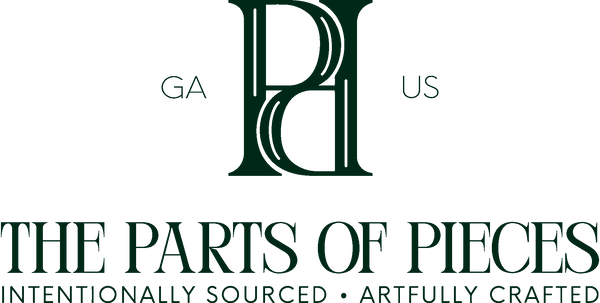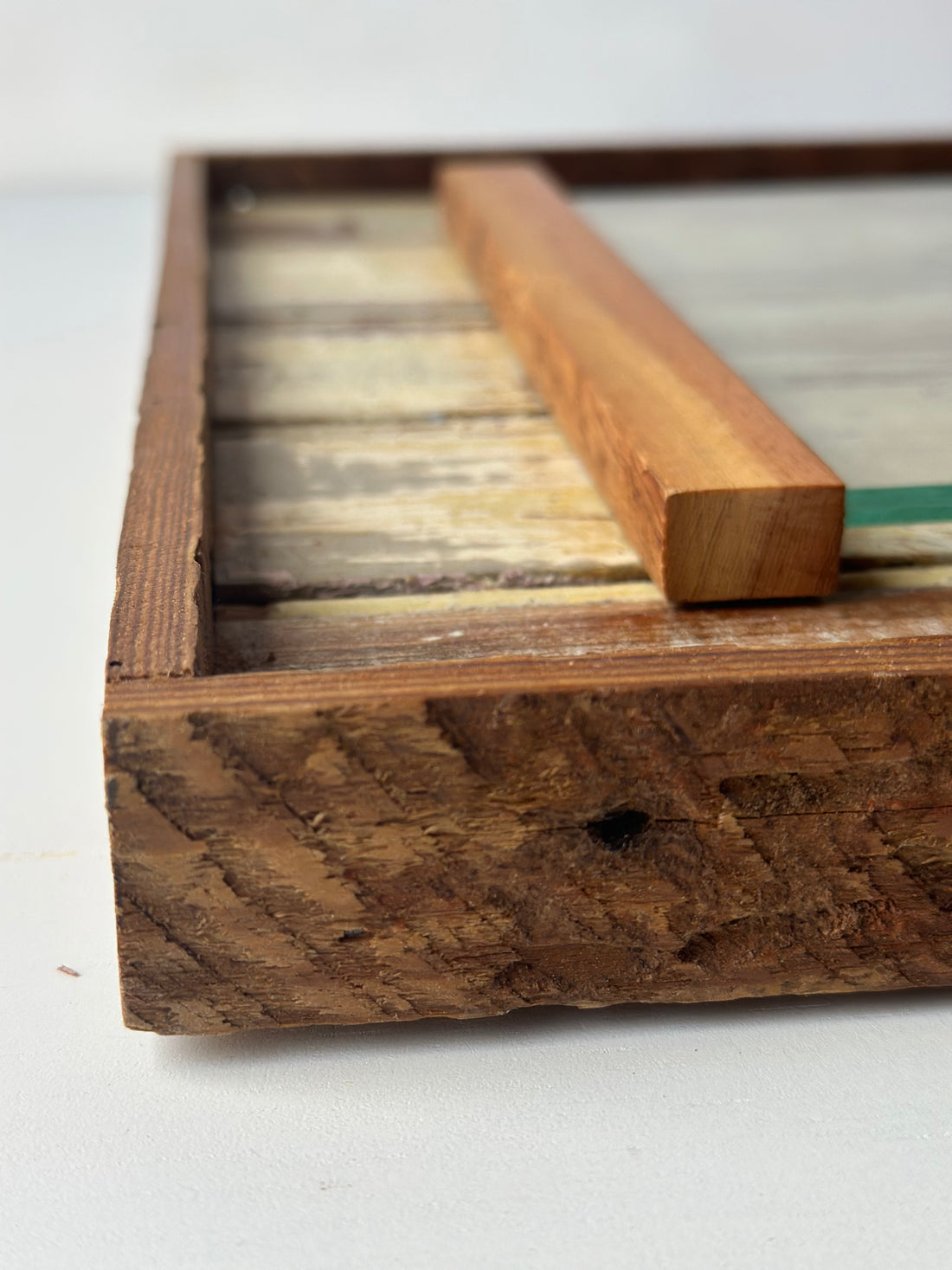When I think of an old home, I immediately think about plaster walls. Plaster is truly a lost art. The cost to refinish plaster can be an enormous part of the budget for renovations in an older home. Until around the 1930's lath referred to 1 inch wide strips of wood that are nailed to the wall studs and coated with layers of plaster. Now, however, lath refers to anything that is used as a base for plaster. It can be made of various materials like metal or gypsum board.
The process would go as follows. Lath is usually cut from a lower quality wood and therefore results in shorter pieces that were usable. Generally, the strips were up to four feet long and nailed in a horizontal pattern with a small finger width gap to the open wall studs. Three layers of plaster are applied. The first is called a scratch coat and provides enough texture for the second layer. This second layer is used to builds up the thickness of a wall. These first 2 layers are usually a combo of a lime putty and a coarse grain of sand. It is typical to find animal hair in this layer. We find horse hair here in Athens, Georgia. Finally, a third layer is applied. This layer will reflect the skill of the person applying the plaster. The wall is given a smooth coat with lime putty and depending on the methods of the craftsman it could included a very fine sand. The walls can then be primed and painted.
I'm tired from typing that...I cannot imagine running 1 inch strips of lath on an entire house. The amount of labor just finishing the walls in a home in 1890 is probably equal to what goes into some new homes we see built. Wallboard emerged as the clear from runner after World War I. There was a shift in our country at this time. Folks were looking for affordable homes outside of the city. During this time the Federal Housing Authority was established and a push to build suburban America began.
Nowadays, when we are doing a renovation or addition on an old home it is common to have a lot of wooden lath from demolition. We have seen tons go to waste so, it’s nice to give it a second life and see the material presented in a different way. This utilitarian building material can be used in so many shop projects. I'm especially excited to continue our work on a series of lath lighting fixtures. It is really wonderful that a long buried treasure in the wall could be what sheds light on an entire space.

